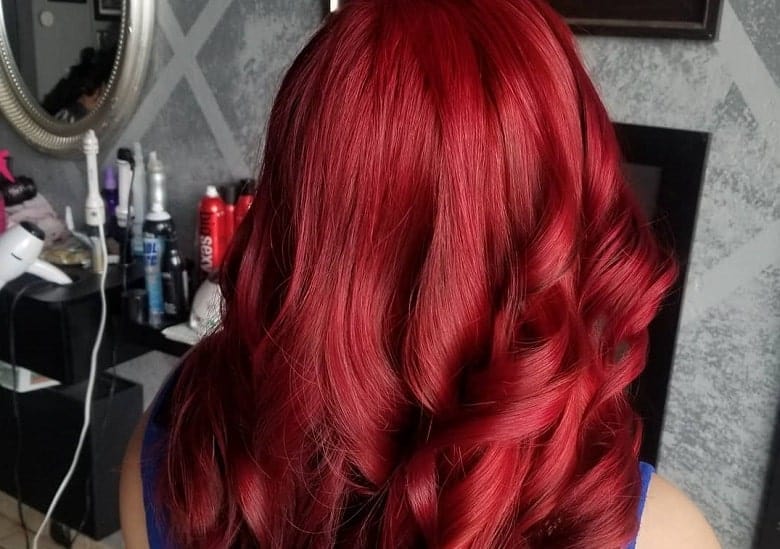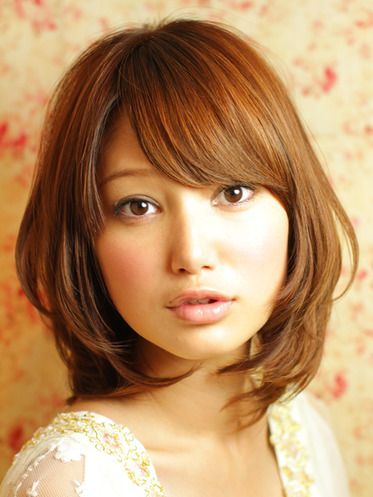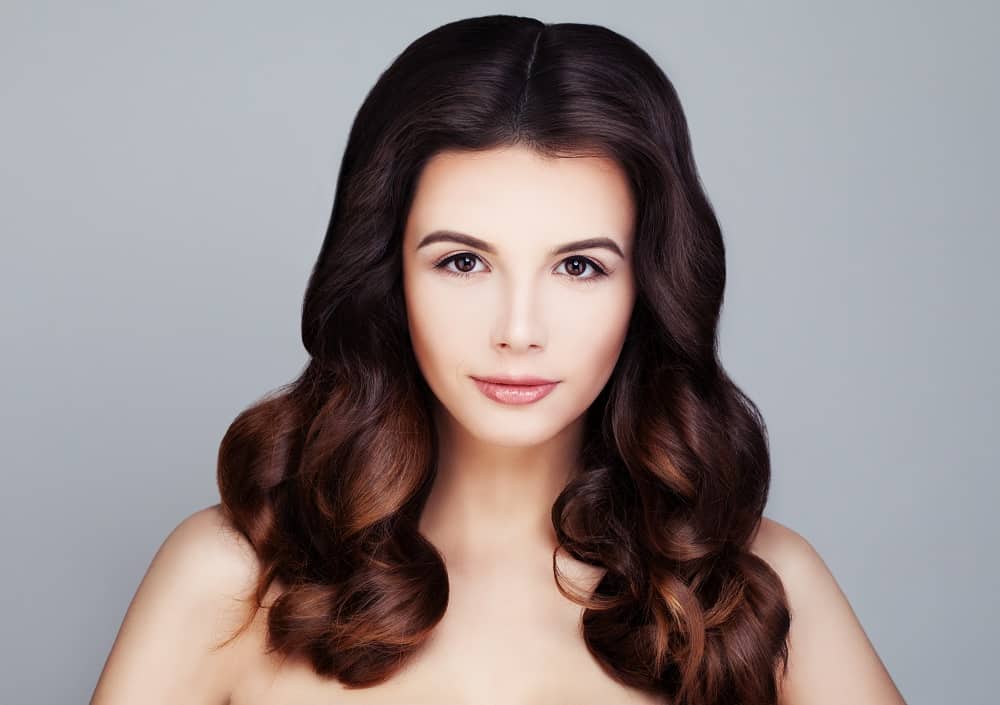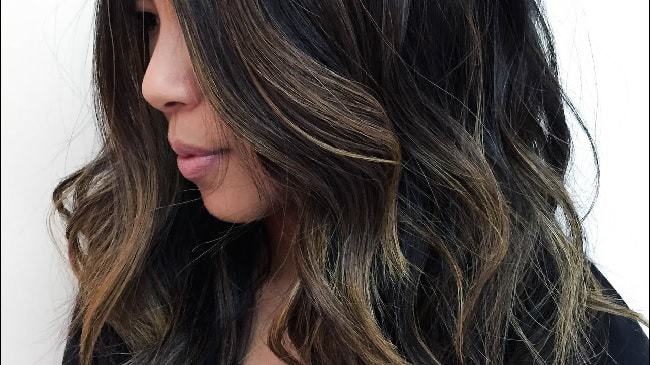Hair Dye Vs. Henna: A Quick Guide
There are tons of hair color products today, each offering a different result. But before scheduling an appointment with your hairstylist, this time to color your hair, it’s best to understand the difference between hair dye and henna.
That’s what this article is all about—hair dye vs henna. Read on to learn how chemical hair dyes and henna differ in composition, how they work, results, and effects.
Hair Dye and Its Composition
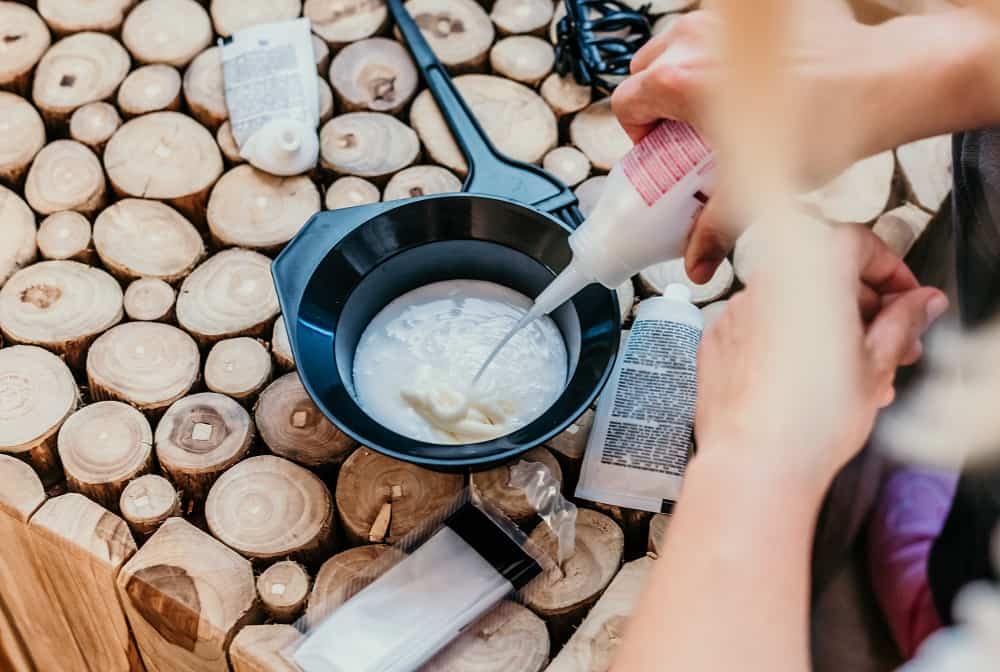
Hair color refers to hair dyes and bleaches applied to hair to give it a different color from its natural one. These consist primarily of:
- An oxidizing agent, commonly known as a developer, such as ammonium and potassium persulfate and hydrogen peroxide
- A dye precursor (often referred to as a base): It’s an alkalizing agent (ammonia). For ammonia-free products, it’s ethanolamines.
- Coupler or modifier: This comes in the same bottle as the base. The modifier reacts with the now oxidized base (imine) to form a color after it’s mixed with a developer.
Once you’ve applied the dye, the color deposits on the hair. This occurs when the bleaching agent eliminates natural hair color.
Henna and Its Composition

Henna is a herbal hair color. It’s a unique product as the only hair color with 100% natural ingredients.
You obtain henna powder from dried and ground leaves of the Lawsonia Inermis plant. The Lawsone molecules in the henna responsible for dying get released when mixed with natural acids like vinegar or lemon juice, resulting in a vibrant red-orange hair shade.
Differences Between Hair Dye and Henna
With a clear understanding of the distinction between hair dye and henna, it’s easier to choose the product that would work better for you in your current situation. Here is a comparison between hair dye and henna.
1. Working

Temporary dye works by coating each strand with color.
